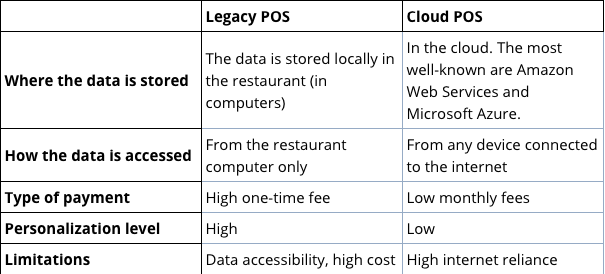
By Tiziano Nessi
The point of sale (POS), historically known as the cash register, was invented by an Ohio saloon owner in 1879 in order to stop theft from employees and guests. Today, the physical need to store and safeguard pennies, nickles and dimes is over. In some restaurants nowadays cash registers are actually cashless, e.g. the chain Natural Kitchen in London.
POS are mandatory for fiscal reasons in every country. Storing the articles’ names and prices in these devices has speeded up and improved the service provided to the clients. POS, used in retail and F&B, is the sister of the Property Management System (PMS) used in hotels.
POS has the following functionalities:
- To store product information and prices.
- To calculate and display the amount owed by the customer for goods or services.
- To complete customer transactions.
- To provide a receipt of payment printed or electronic.
- To collect purchase data.
- To perform inventory management and data analysis.
Going into more detail, the F&B POS systems’ market is divided in two facets: Legacy POS and Cloud POS.
Cloud Vs Legacy POS systems
Cloud-computing has the possibility to deploy POS as Software-as-a-Service (SaaS). Cloud POS systems are also known as “iPad” or tablet cash registers. These hit the market in the early 2000’s and each year gain a bit more market share compared to the Legacy system. Nevertheless, the Legacy POS still owns the majority of the market, (70% of it in fact).
What is the main difference between the two types?
How and which POS to choose?
It goes without saying that the “iPad” cash registers have been getting lots more attention from Venture Capitalists due to the quick growth, the technology deployed and the recurring revenue they generate. Examples of POS systems that recently closed investments are Lightspeed, TouchBistro and Toast. Whereas in Europe, the Berlin-based Orderbird POS software has received ample investments.
Now you have a good understanding of what a POS is and the two main types, you’re probably wondering how to choose the right one for your business. The main criteria to inform your decision should be:
- Accessibility
- Analytics
- Integration


